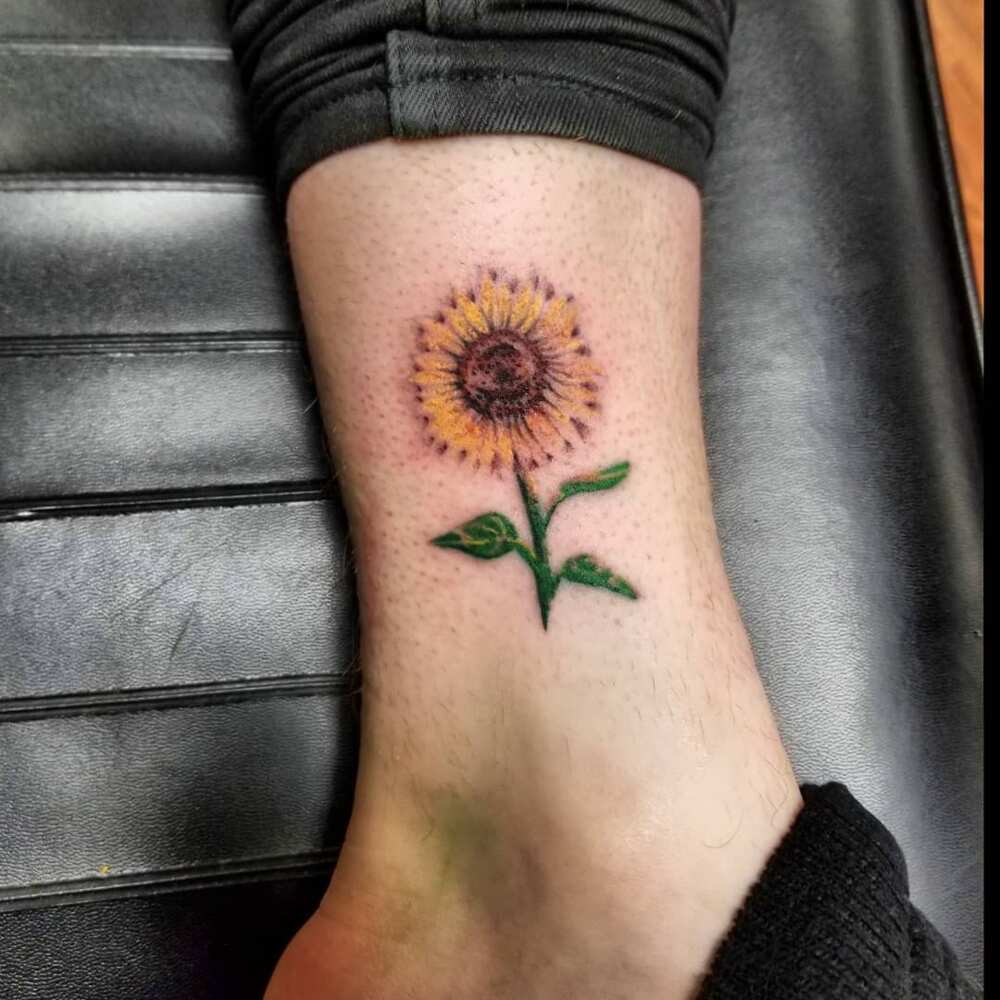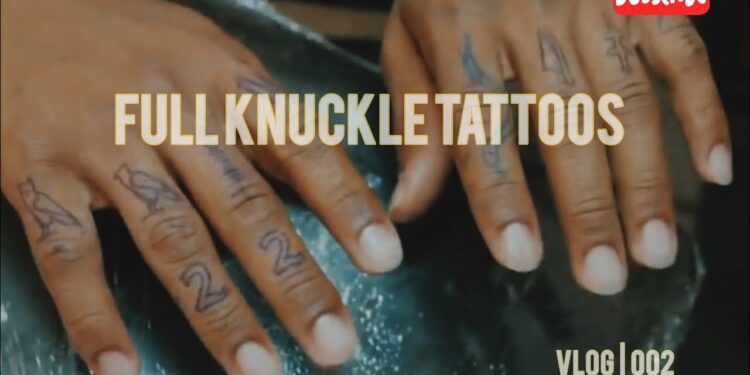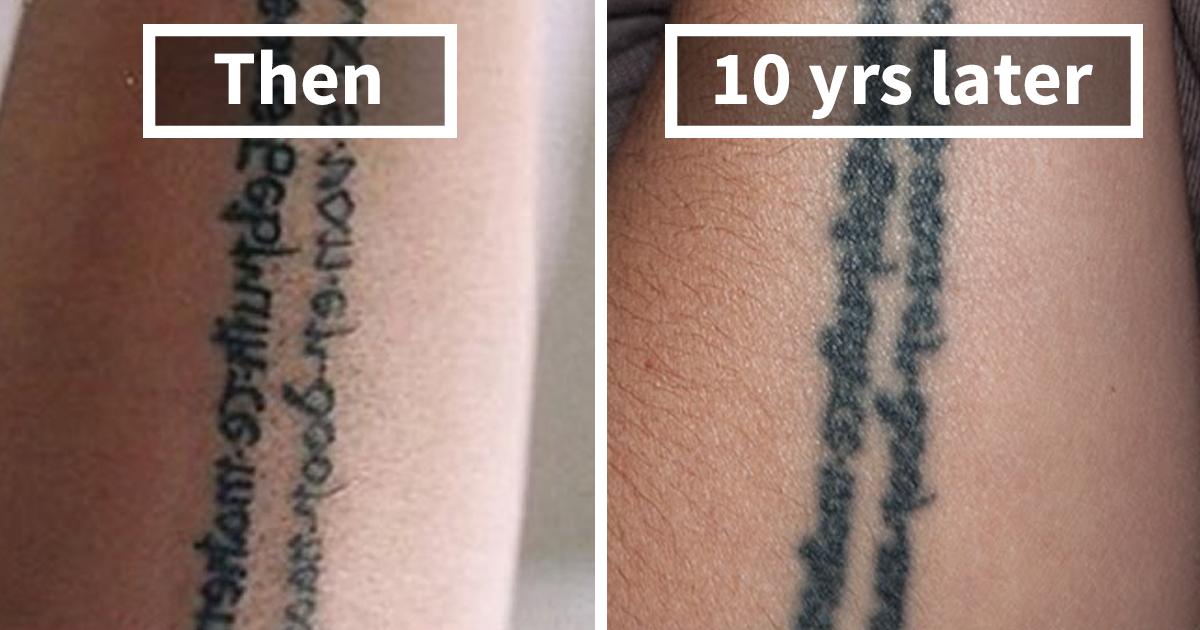
Okay, let’s talk tattoos and weight loss.
Seriously, does losing weight mess with your ink?
It’s a question I get all the time.
You’re finally hitting your fitness goals.
You’re feeling great.
But then bam, you remember that awesome sunflower tattoo you got last year.
Will your weight loss affect your sunflower tattoo?
And how much change are we talking?
Let’s get into it.
Will Weight Loss Really Affect My Sunflower Tattoo?
Honestly, it depends.
Big changes in weight can definitely impact your skin.
Think of your skin like a balloon.
Inflate it a lot, then deflate it – what happens?
It gets a little loose, right?
The same can happen to your skin during extreme weight gain or weight loss.
Now, a small shift, like dropping 10 pounds?
Probably not a big deal for your tattoo.
But losing 50, 75, or even 100 pounds?
That could have a noticeable effect.
I’ve seen it firsthand.
My friend Sarah got a gorgeous back piece.
She then lost a significant amount of weight.
The tattoo didn’t disappear, but the lines definitely softened a bit.
Factors That Influence Tattoo Changes During Weight Loss
Here’s the deal, not all weight loss affects tattoos the same way.
A few factors come into play:
- Location, Location, Location:
- Tattoos on areas prone to stretching (like your stomach, thighs, or upper arms) are more likely to be affected.
- Tattoos on bony areas (like your ankles or wrists) usually hold up better.
- The Size and Style of Your Tattoo:
- Larger tattoos will show changes more easily.
- Tattoos with intricate details might become less defined.
- How Quickly You Lose Weight:
- Rapid weight loss is more likely to cause skin laxity and tattoo distortion.
- Slow and steady wins the race – for both your health and your ink!
- Your Skin’s Elasticity:
- Younger skin tends to bounce back better than older skin.
- Genetics also play a role.
- The Tattoo Artist’s Skill:
- A well-done tattoo will generally hold up better than a poorly executed one.
Minimizing Tattoo Changes During Weight Loss
Okay, so what can you do to protect your precious art?
Here are some tips:
- Lose Weight Gradually: Aim for a healthy and sustainable rate of weight loss. Consult with a healthcare professional or registered dietitian to create a plan that’s right for you.
- Stay Hydrated: Drink plenty of water to keep your skin hydrated and elastic.
- Moisturize Regularly: Use a high-quality moisturizer to keep your skin supple. I recommend something fragrance-free and hypoallergenic.
- Consider Strength Training: Building muscle can help fill out the skin and reduce sagging.
- Talk to Your Tattoo Artist: They can offer specific advice based on your tattoo’s location, size, and style.
What Happens if My Tattoo Does Change?
Don’t panic!
There are options.
- Touch-Ups: A skilled tattoo artist can often touch up a slightly distorted tattoo to restore its original appearance.
- Revision: If the changes are more significant, you might consider a revision to update the design.
- Embrace It: Sometimes, the changes are subtle and add character to your tattoo. It can tell a story of your journey!
FAQ: Weight Loss and Tattoos
Q: Will my tattoo completely disappear if I lose weight?
A: Highly unlikely. Tattoos are embedded in the dermis layer of your skin, which is less affected by weight changes than the epidermis.
Q: Is it better to get a tattoo after losing weight?
A: Generally, yes. It’s best to get a tattoo when you’re at a stable weight to minimize the risk of distortion.
Q: Can weight gain also affect tattoos?
A: Absolutely. Weight gain can stretch the skin and distort tattoos, just like weight loss.
Q: What about tattoos during pregnancy?
A: Pregnancy can cause significant stretching of the skin, especially on the abdomen. It’s generally recommended to avoid getting tattoos during pregnancy.
Q: What if I’m getting weight loss surgery?
A: Talk to your surgeon and tattoo artist before undergoing weight loss surgery. They can provide specific advice based on your individual circumstances.
In conclusion, while significant weight loss can affect your sunflower tattoo, it’s not a guaranteed disaster. Understanding the factors involved and taking proactive steps can help minimize any potential changes. Ultimately, the key is to prioritize your health and well-being, and remember that your tattoo is a part of your story, no matter what. It is important to take care of your skin to ensure your sunflower tattoo stays looking its best.





































